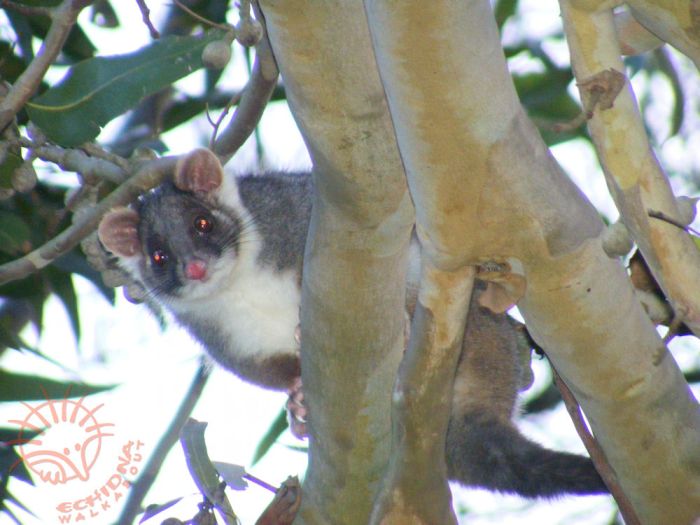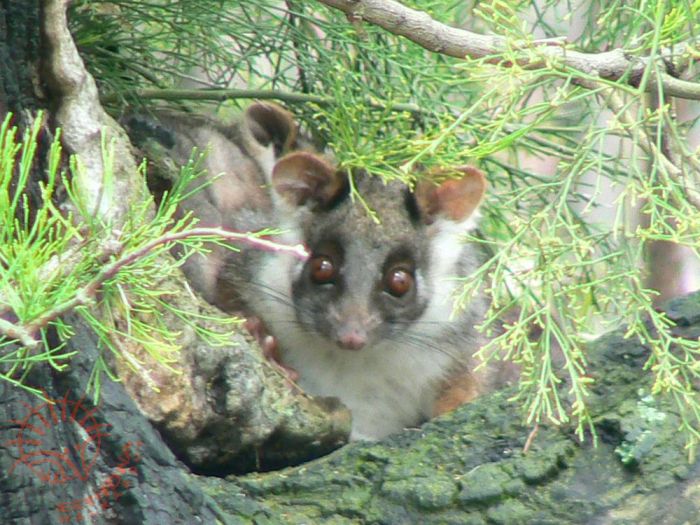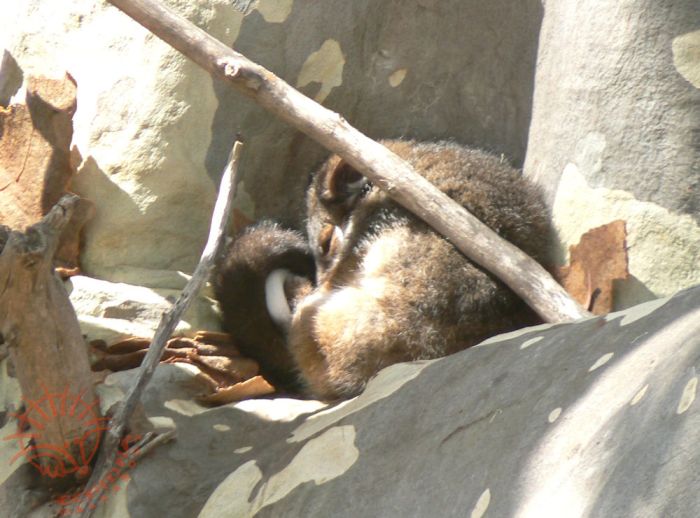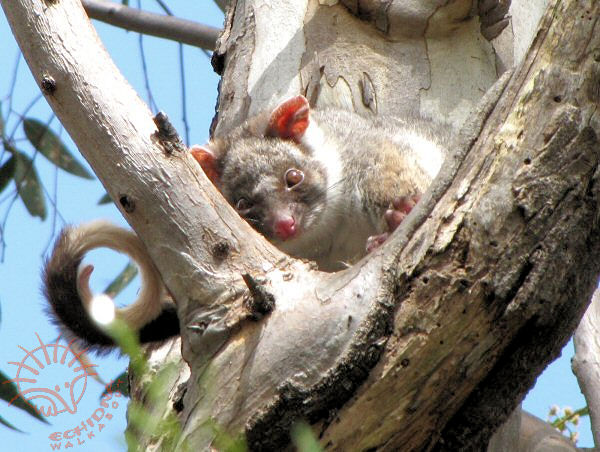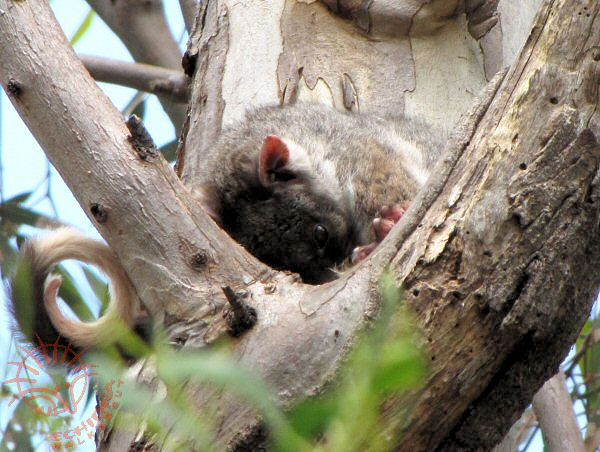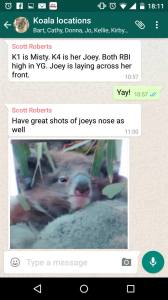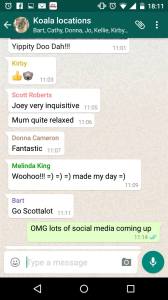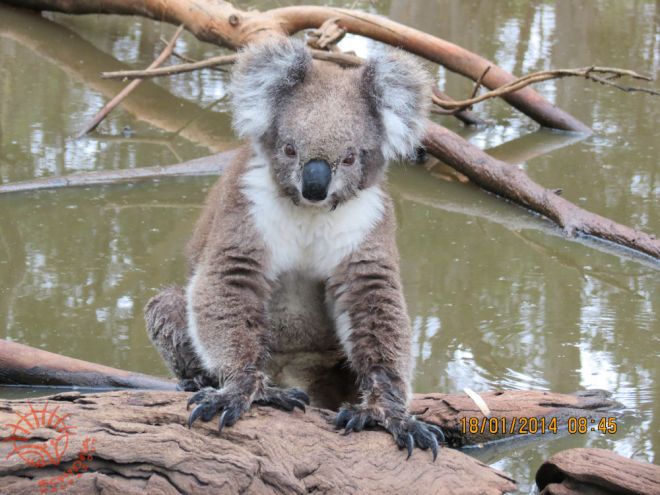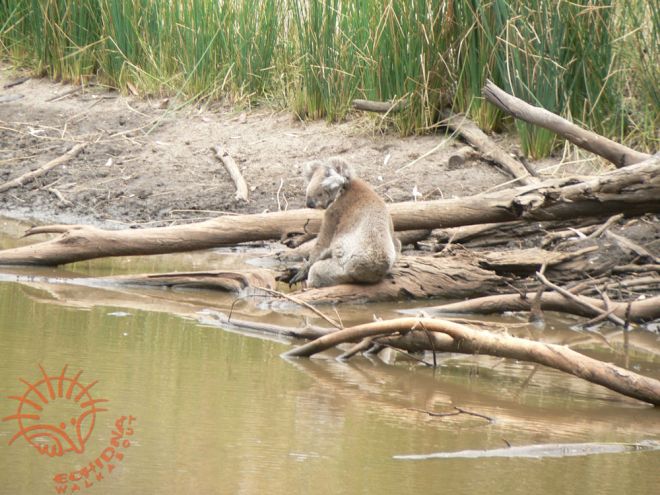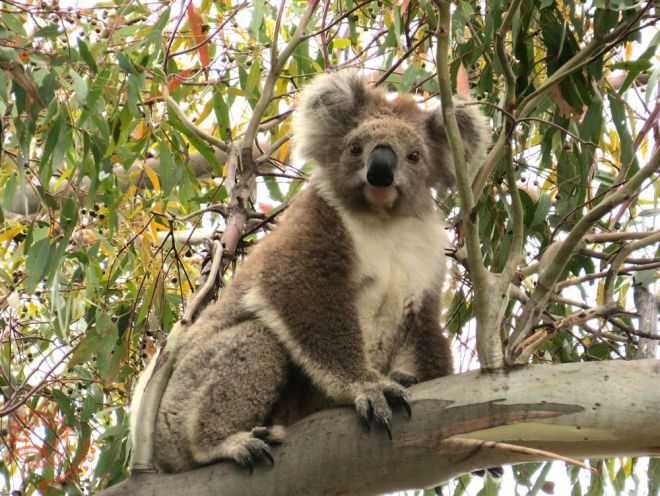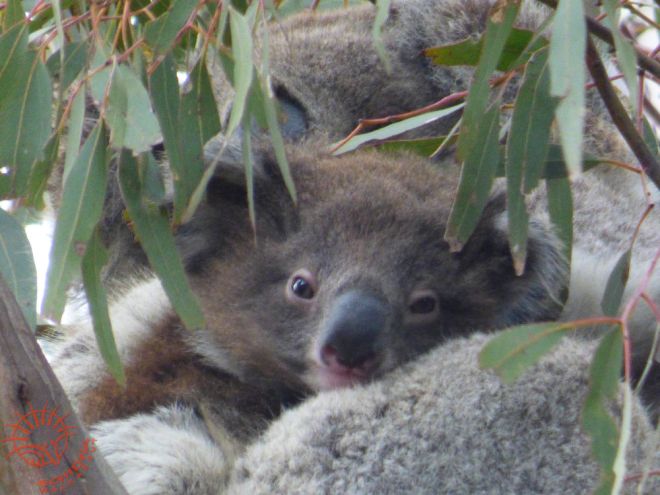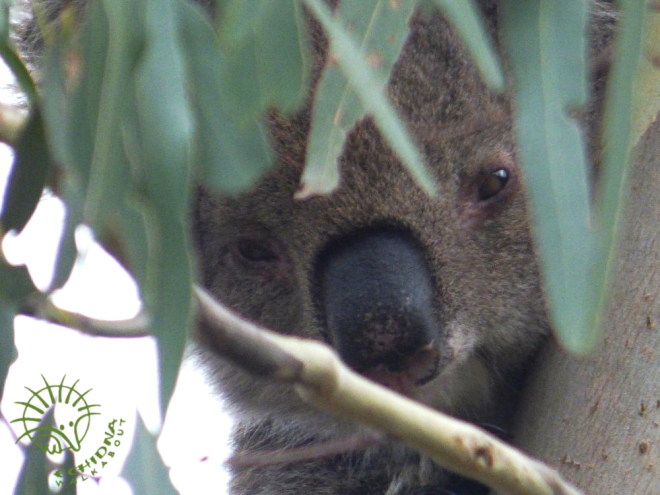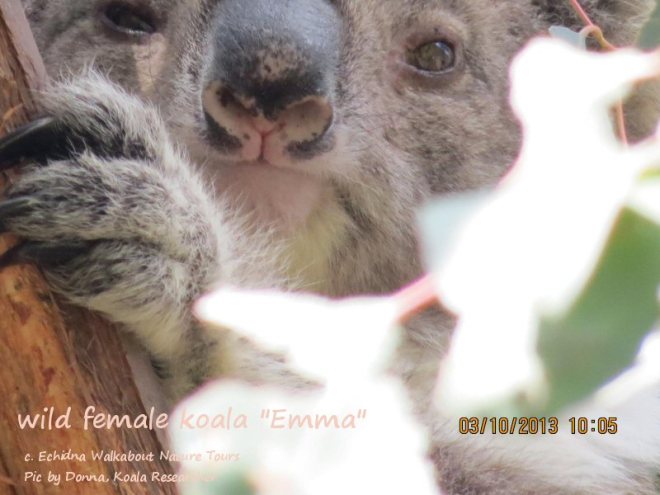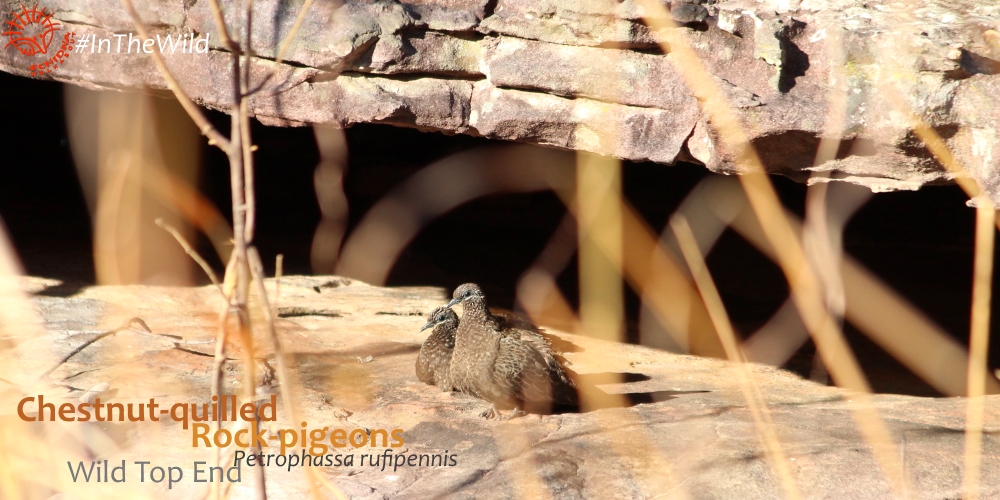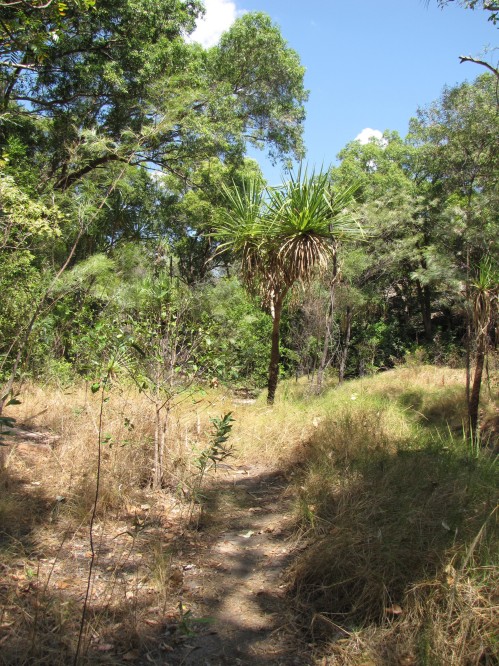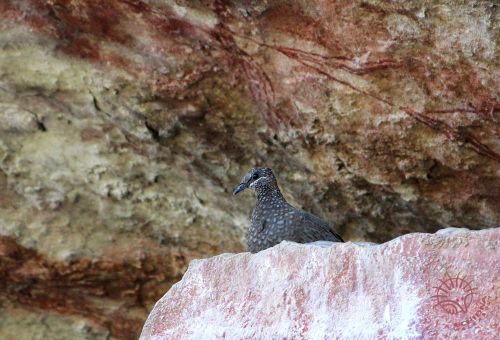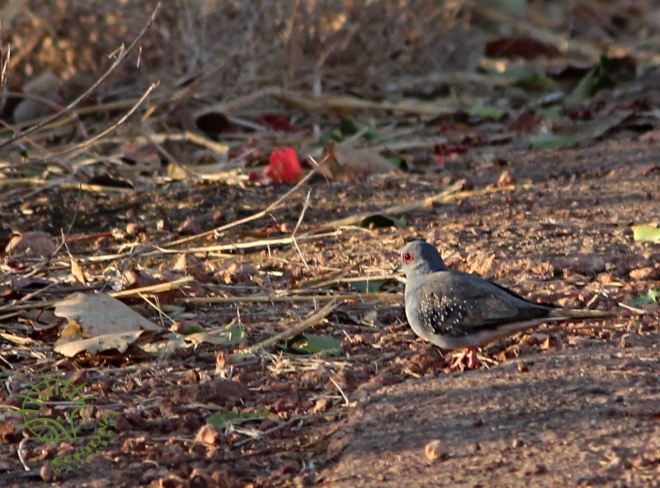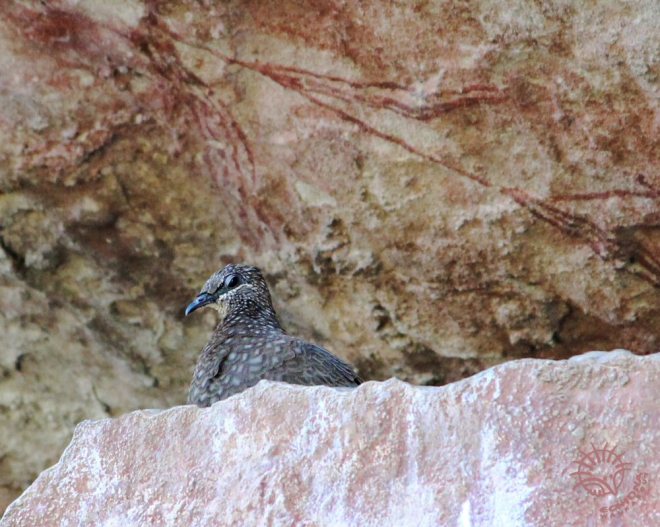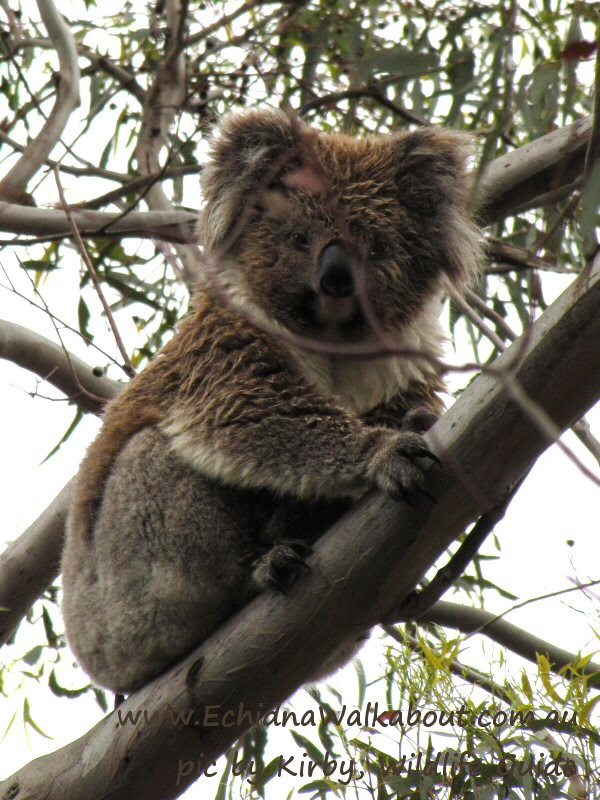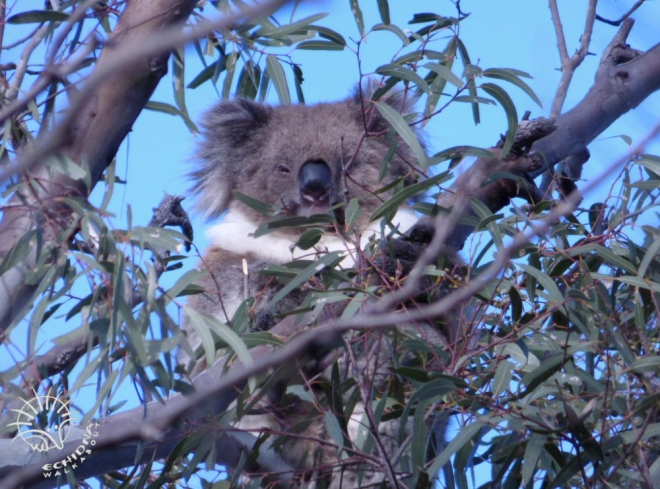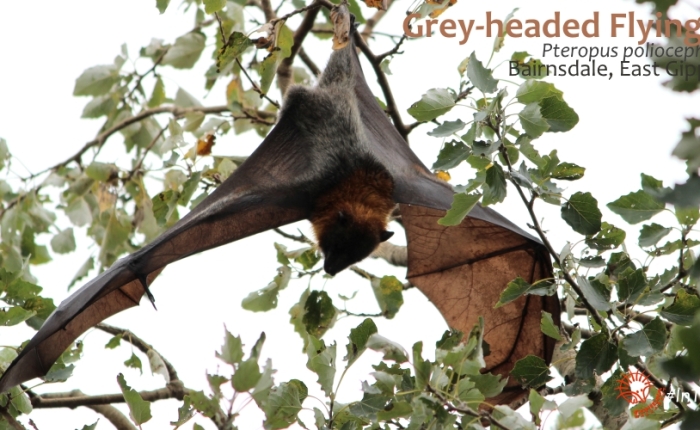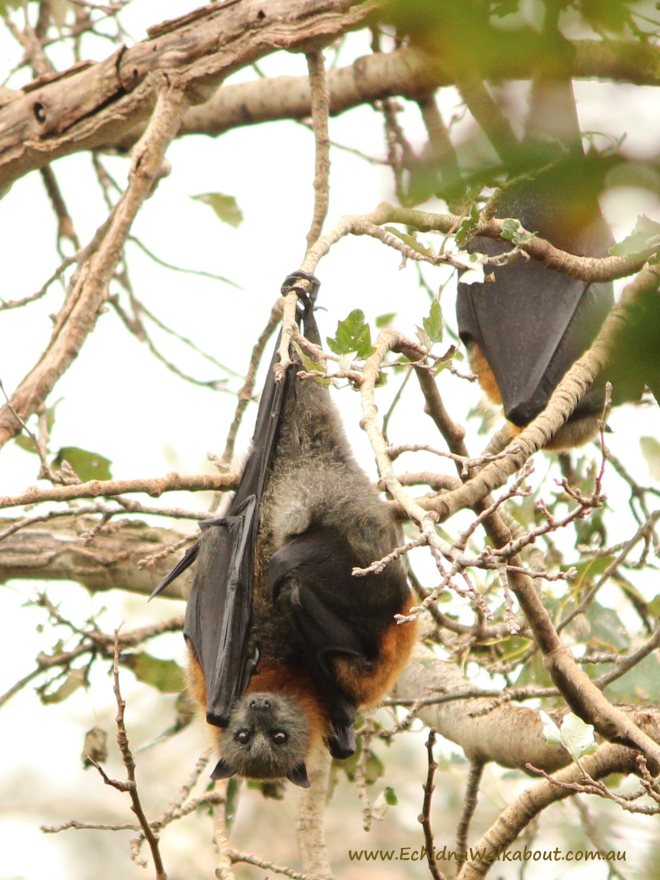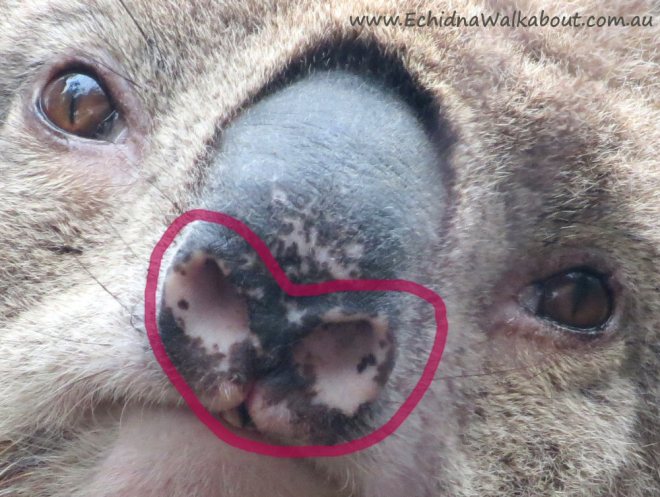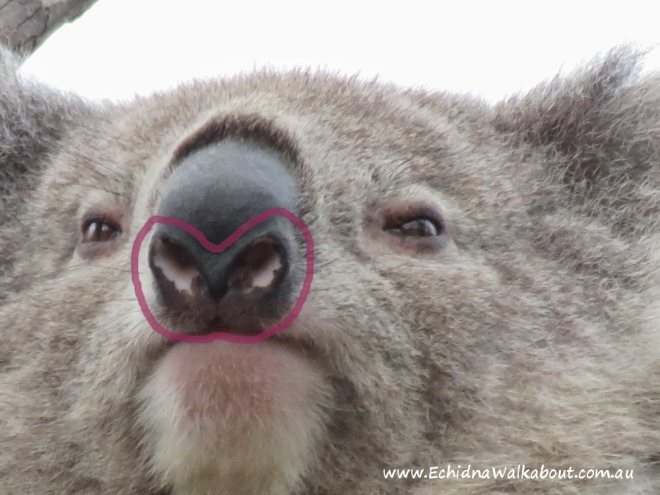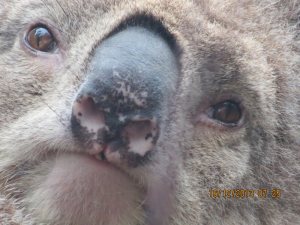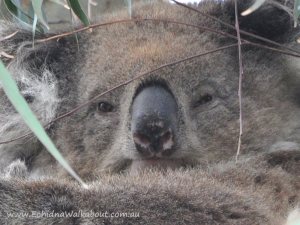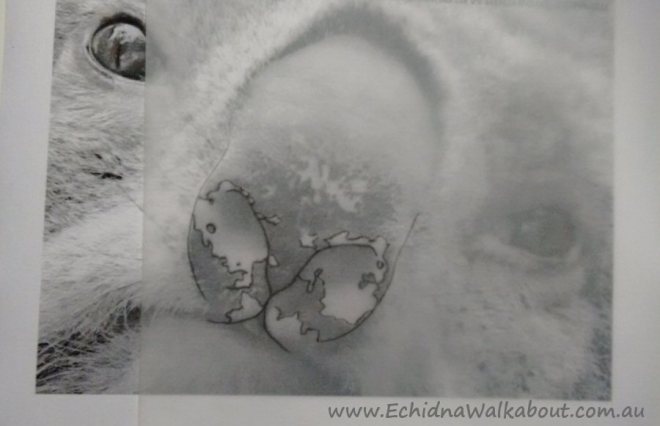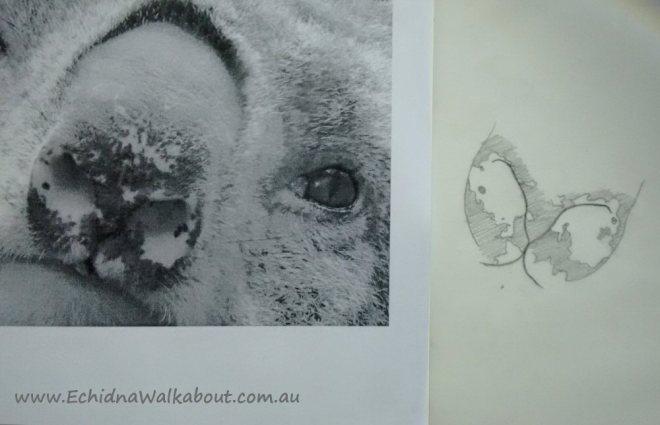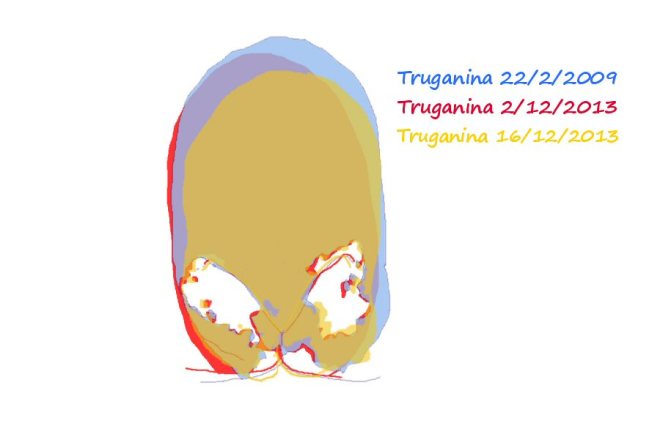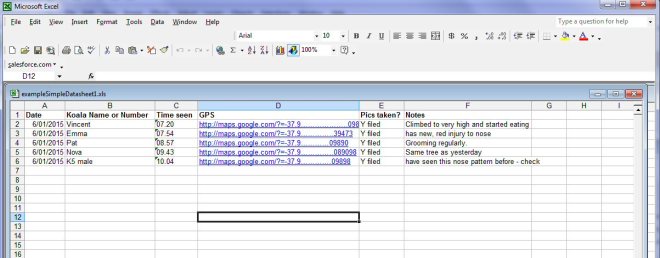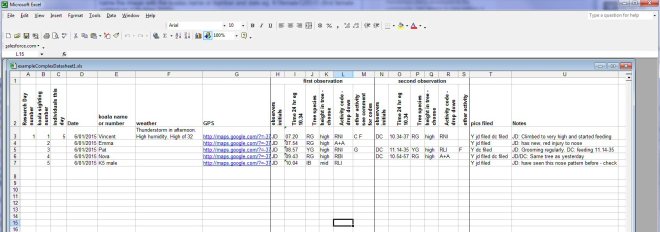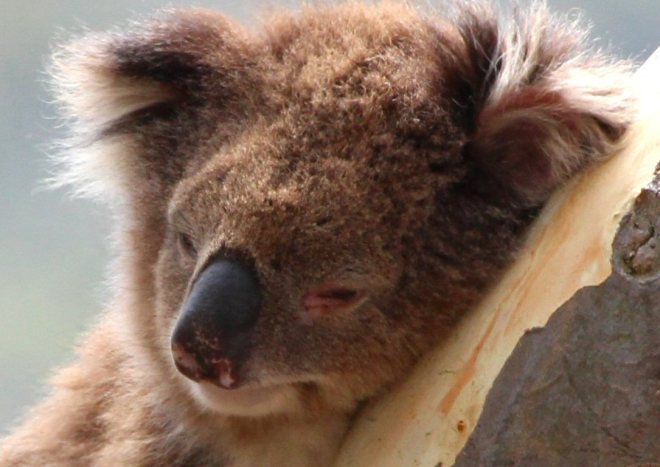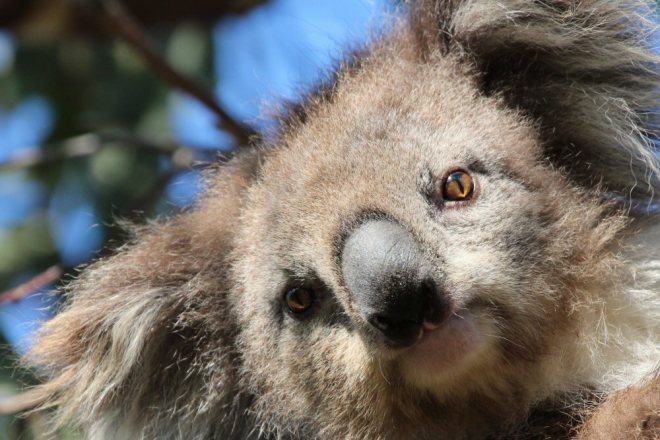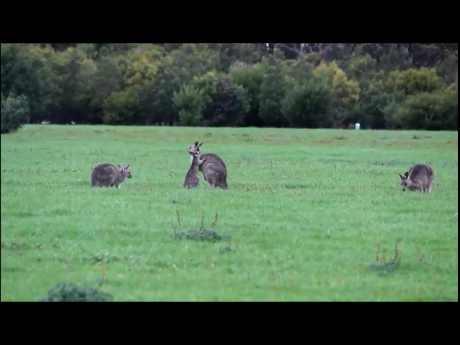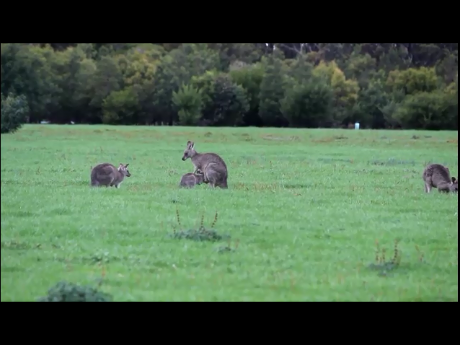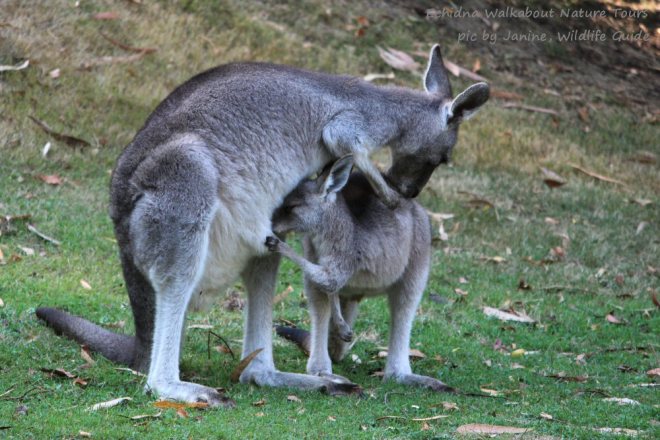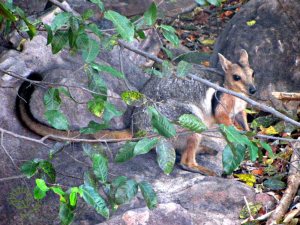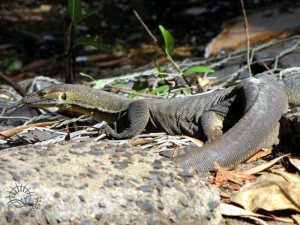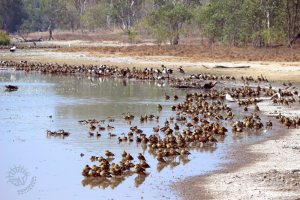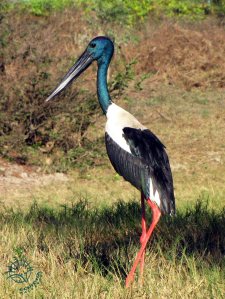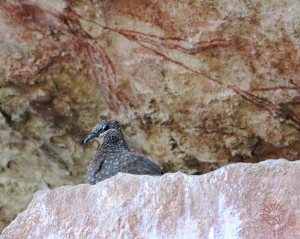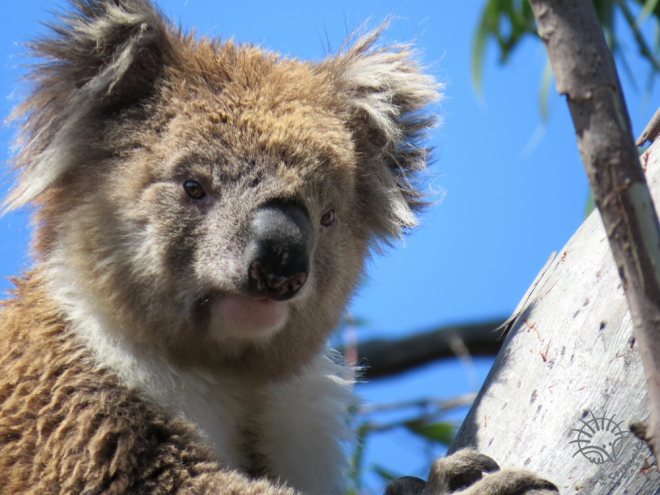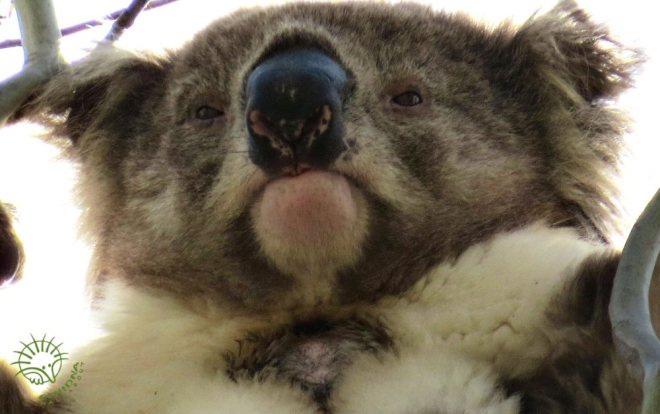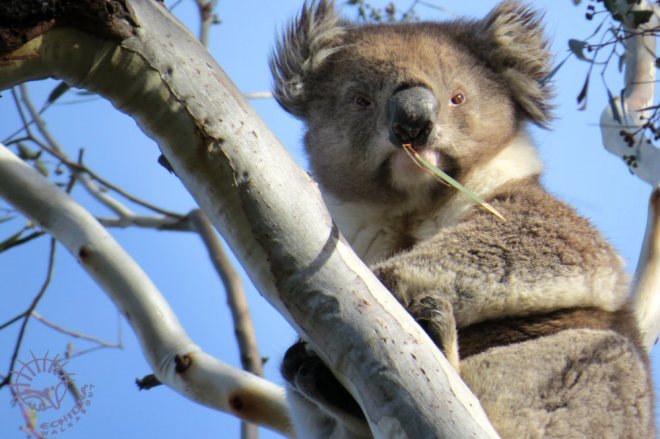Its #RingtailPossum week! Australia’s Common Ringtail is a small arboreal possum with a body length about the same as a 30cm school ruler, and a weight of 500g to 1kg.
Watch them in action: https://youtu.be/jlCEE4Q3X7E
These beautiful little marsupials live in the You Yangs and can occasionally be seen by day, if you are lucky or know where to look! Their main roost is a drey – a circular nest made of sticks – that they construct themselves. But though dreys are easy to find, they are tightly woven, so it is difficult to see possums inside them. We do often find some possums, like these ones, sheltering in bushy shrubs.
Did you know that Common Ringtail Possums live in family groups? Mum, Dad, new joeys and last year’s immature young all snuggle together in the same drey by day and emerge to feed at night.
So when we see a little darling alone, like this one, it makes us wonder where the rest of the family is hiding! Or possibly, its a young animal, newly independent, that hasn’t found his/her own home yet.
Common Ringtail Possum gestation is 20 – 26 days. Ringtails usually have two babies at a time, anytime from May to December. After leaving the pouch at 4 months, ringtail joeys ride on their parents backs for a few months. Both ringtail parents take turns caring for and carrying their babies.
Ringtail Possum joeys are weaned at about 6 months, but will stay with their parents until maturity at about 13 months.
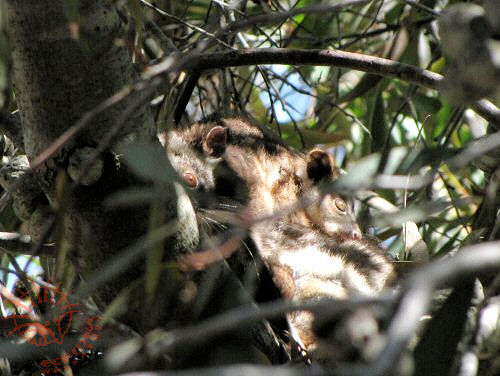
As ringtails build their own nest, they can live in young eucalyptus forest with few natural hollows. Young forest suits them – they prefer the young foliage of eucalyptus trees, and mostly eat mature leaves when young leaves are not available.
In one study near Melbourne, Victoria, ringtails were found to prefer to eat (in order): Swamp Gum (E. ovata), Spotted Gum (E. maculatus), River Red Gum (E. camaldulensis), Forest Red Gum (E. tereticornis). Ringtails do eat the leaves of several shrubs, including Leptospermum (tea-tree) and Acacia (wattle) especially if their preferred young eucalyptus is not available (1).
Ringtails have a very special, clever adaptation to their nutrient-poor diet: they reingest the contents of their caecum to get more nutrition from their food. Basically, they produce 2 different types of poo: hard ‘normal’ faeces at night which is not eaten, & soft caecum faeces in the day, which they eat. Its a bit like koala pap. Eating the soft ‘cecotrope’is similar to cattle chewing their cud – the only difference is that the food passes almost all the way through the digestive system, extracting a maximum of nutrients, before being expelled. Other animals do it too, particularly rabbits and hares.
Common Ringtails really are quite beautiful little animals. They have a soft, bird-like twittering song that often goes unnoticed unless you are listening for it. If you love them and have them in your backyard, you can help them by planting eucalyptus trees, by keeping your cat & dog inside at night, and by allowing branches of trees to interconnect so that the possums don’t have to run along the powerline.
- Pahl, L “Diet preference, diet composition and population density of the ringtail possum in several plant communities in southern Victoria” pages 253-60 in POSSUMS and GLIDERS ed by A P Smith and I D Hume, Australian Mammal Society, Sydney 1984
